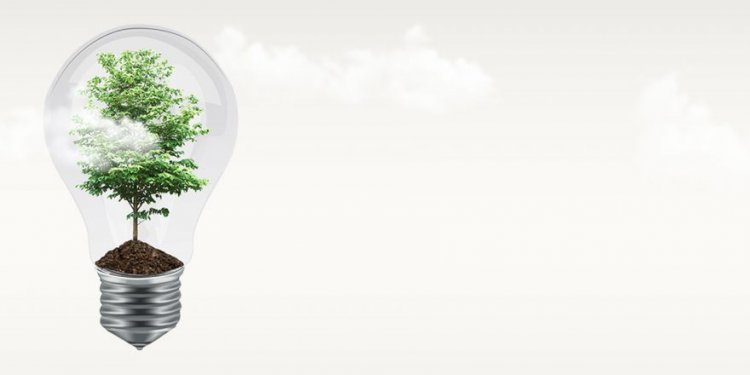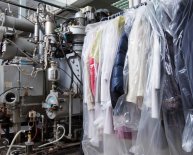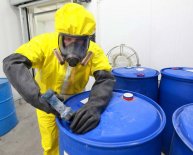
Hazardous Waste Disposal Maine
In 1979, the Maine Legislature enacted the Maine Hazardous Waste, Septage and Solid Waste Management Act. This Act directed the State of Maine Department of Environmental Protection to issue State regulations for the safe management and transportation of hazardous wastes. These rules built upon the minimum Federal rules, tailoring them to Maine's environment and strong reliance on groundwater for drinking water. These rules are called the Maine Hazardous Waste Management Regulations, Chapters 850 through 857.
What is Hazardous Waste?
A hazardous waste is a waste that exhibits a hazardous characteristic or is a listed waste. There are four criteria that define a characteristic waste. They are:
- Ignitability
- Corrosivity
- Reactivity
- Toxicity
There are also four categories of listed wastes. They are:
- Non-specific sources, such as a halogenated solvent
- Specific sources, such as bottom sludge from wastewater treatment of wood preserving processes that use creosote and/or pentachlorphenol
- Commercial chemical products, intermediates or off-specification products. There are two lists for this category, one for acute wastes and one for non-acute wastes. An example of an acute waste is epinephrine. An example of a non-acute waste is naphthalene.
- Polychlorinated biphenyl. (PCB's)
Photos of Good, Bad and Ugly Hazardous Waste Situations
Contacts
For more information contact the Hazardous Waste Staff at (207) 287-7688.
Hazardous Waste Laws
Please also see:
Hazardous Waste Rules
- Chapter 852 - Land Disposal Restrictions
Forms
RCRA Program Quality Assurance Plan
RCRA Program Quality Assurance Plan – It is the goal of the MDEP/RCRA to implement a Quality Assurance Program (QAP) for all environmental activities that generate data. The QAP is a management tool that will help guarantee that data is of sufficient known quality to withstand scientific and legal challenge relative to the use for which the data is obtained. (pdf format)
What is Universal Waste?
A universal waste is a hazardous waste that is widely generated by individuals, businesses, and hospitals…by almost anyone. Universal wastes are certain batteries, cathode ray tubes, certain lamps, fluorescent bulbs, mercury devices, mercury thermostats, motor vehicle mercury switches and polychlorinated biphenyl ballasts. Because these items are products, they have not traditionally been recognized for their hazards and have typically been thrown in the trash. These wastes contain hazardous constituents and would fail hazardous waste criteria if they were tested. For example most of these wastes contain heavy metals. These wastes when broken such as in a dumpster or landfill, or when incinerated, release the metals to the environment through either fugitive emissions or from incinerator stacks.
Photos of good, bad and ugly Universal Waste Situations.
Other Related Links
Household Hazardous Waste - How to dispose of Household Hazardous Waste, Towns Organizing Household Hazardous Waste Collections, Recycling Program for Mercury Containing Thermostats, Recycling Program for Rechargeable Batteries, Universal Waste, and Computer Recycling in Maine.

















